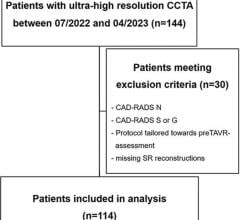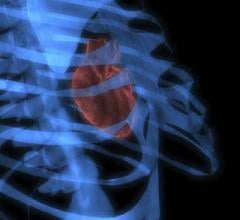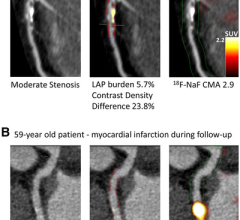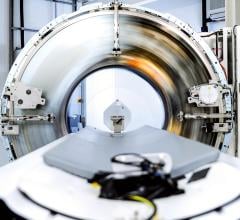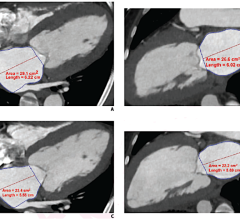December 21, 2007 - BG Medicine, on behalf of the HRP Initiative, today announced the launch of the BioImage Study, designed to discover new blood tests and to optimize non-invasive imaging of atherosclerosis in order to identify and characterize individuals that are at high-risk for coronary heart disease or stroke.
The BioImage Study is the next phase of the High-Risk Plaque Initiative, an industry-funded joint research and development effort to advance the understanding, recognition and management of high-risk plaque (HRP), the primary underlying cause of heart attacks and the leading cause of death in the Western world.
The next phase of the High-Risk Plaque Initiative will leverage advances in diagnostic imaging and blood biomarker science to reduce morbidity, mortality and cost associated with cardiovascular disease
The current method of reducing cardiovascular disease relies on minimizing risk factors, an effective strategy to some degree, however, insufficient for treating established but asymptomatic disease such as HRP. Although the pharmaceutical industry has discovered promising treatment options to reduce the risk of heart attack or stroke associated with HRP, the therapeutic potential of these drugs is compromised by a general inability to identify the people who would benefit most from them. The BioImage Study is designed to identify those individuals with undetected but high-risk
atherosclerosis in the months or years before a heart attack or stroke occurs, by taking advantage of the latest technologies in biomedical imaging and molecular medicine. This approach integrates a set of clinical measurements that may reliably and reproducibly predict those who are most at risk of heart attack or stroke associated with HRP, who would benefit from innovative therapies.
“The BioImage Study is expected to answer many important questions that would help us devise strategies to markedly reduce the burden of cardiovascular disease,” said Valentin Fuster, M.D., Ph.D., a leading international cardiologist and chairman of the Scientific Advisory Board for the HRP Initiative and principal investigator of the BioImage Study. “The collaboration between academia, diagnostic and therapeutic industry participants and a leading health benefit provider creates an unprecedented opportunity to do a different kind of study to search for these answers in a way that would otherwise not be possible.” In addition to his work with the HRP Initiative, Dr. Fuster serves as director of the Zena and Michael A. Wiener Cardiovascular Institute and the Marie-Josée and Henry R. Kravis Center for Cardiovascular Health and Director of Mount Sinai Heart.
Participants in the BioImage Study will have physical measurements taken (e.g., height, weight, blood pressure and waist/hip circumferences) and blood samples drawn for a number of advanced molecular analyses. Many of these participants will also undergo procedures to capture images of
their hearts and cardiovascular systems. Based on this information, the HRP Initiative will work to discover and validate blood biomarkers that correlate with the imaging data, and that are predictive of future heart attack and stroke associated with HRP.
The BioImage Study is novel not only in its design, but also in the collection of collaborative partners who have joined the HRP Initiative to address this critical medical need. Together with BG Medicine, these partners include Merck, AstraZeneca, Philips, and several distinguished members of academia. This initiative was formed with the shared goal to address atherosclerosis and its associated life-threatening consequences of heart attack and stroke. The current group of HRP Partners is seeking additional companies to collaborate in the HRP Initiative.
Humana, one of the largest publicly traded health benefits companies in the U.S., will offer to selected members in Illinois, Kentucky and Southern Florida the opportunity to participate in the BioImage Study. The study uses mobile diagnostic imaging units equipped with Philips magnetic
resonance (MR) and computed tomography (CT) systems. These units will be located at the sites in Illinois, Kentucky and Florida and will seek to enroll a total of 7,300 volunteers. The BioImage Study, which starts this week in Chicago and is expected to end in December 2008 in Florida, willenroll males age 55-80 and females age 60-80.
For more information: www.bg-medicine.com


 November 13, 2025
November 13, 2025 


